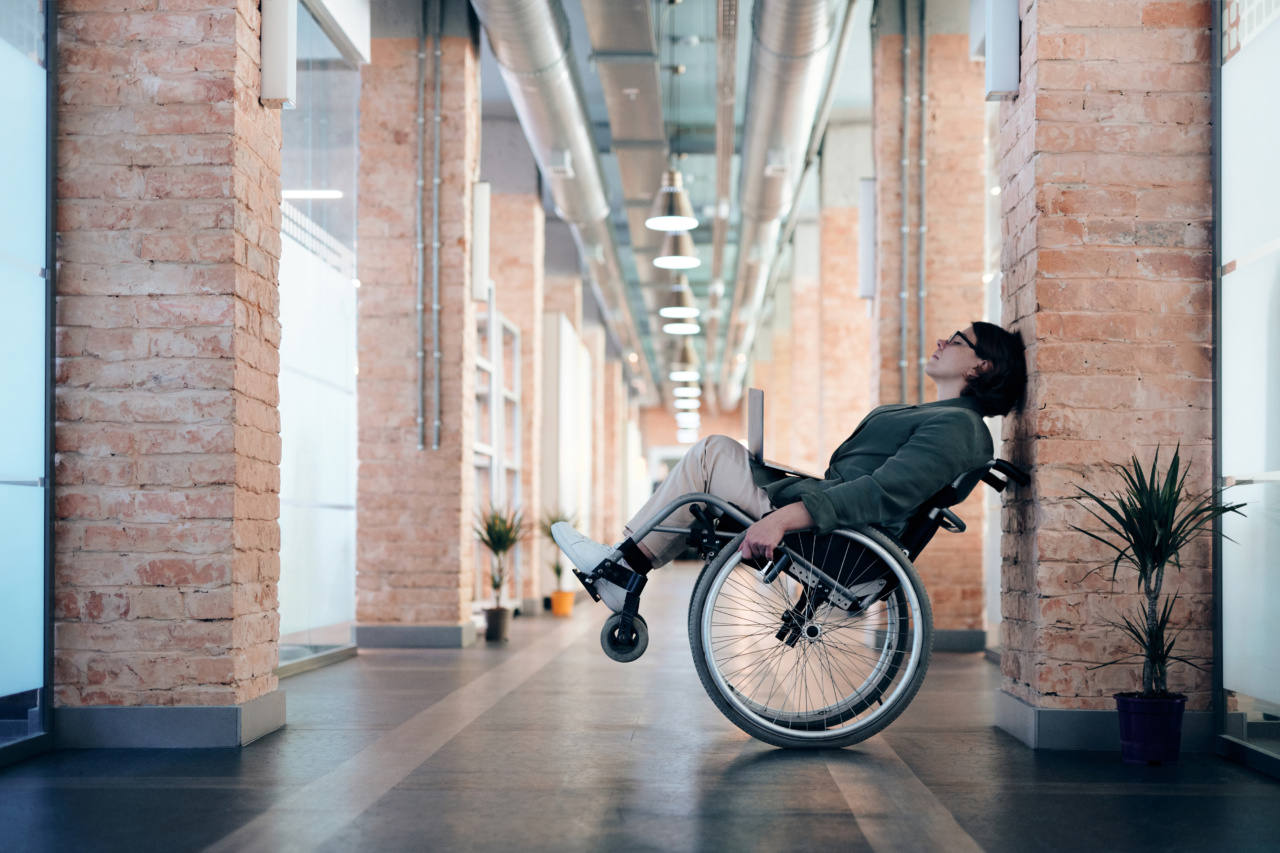Parkinson’s disease is a chronic and progressive neurodegenerative disorder that affects the central nervous system.
It primarily affects the motor system, causing symptoms such as tremors, stiffness, and difficulties with balance and coordination. These symptoms can significantly impact an individual’s quality of life and daily functioning.
However, thanks to advancements in medical technology, a groundbreaking Parkinson’s device has emerged that offers hope and potential for revitalizing balance in patients.
The Science Behind the Device:
The groundbreaking Parkinson’s device is based on a technology known as deep brain stimulation (DBS). DBS involves the use of a small device, similar to a pacemaker, that is surgically implanted into the brain.
It delivers mild electrical pulses to specific areas of the brain to alleviate motor symptoms associated with Parkinson’s disease.
The device consists of three main components: the implanted pulse generator, a lead that carries the electrical pulses, and an electrode that delivers the pulses to the targeted areas of the brain.
The pulse generator is usually implanted beneath the collarbone, with the electrode connected to the targeted region of the brain through a small hole in the skull.
Benefits and Potential:
The groundbreaking Parkinson’s device has shown immense potential in revitalizing balance in patients.
By delivering targeted electrical pulses to specific regions of the brain, it helps regulate the motor circuitry that is disrupted in individuals with Parkinson’s disease.
Some of the key benefits of the device include:.
1. Improved Balance:
One of the primary aims of the Parkinson’s device is to improve balance and coordination in patients.
By stimulating the areas of the brain responsible for motor control, the device can help reduce episodes of imbalance and prevent falls, thereby enhancing the overall quality of life for patients.
2. Reduced Tremors and Stiffness:
Tremors and stiffness are hallmark symptoms of Parkinson’s disease. The device helps alleviate these symptoms by modulating the abnormal electrical activity in the brain, resulting in reduced tremors and improved flexibility and ease of movement.
3. Enhanced Mobility:
Individuals with Parkinson’s often experience difficulties with mobility.
The groundbreaking device aims to enhance mobility by restoring proper communication within the motor circuitry of the brain, enabling patients to move more freely and independently.
4. Decreased Medication Dependency:
DBS has shown significant potential in reducing the reliance on medication for controlling Parkinson’s symptoms.
By providing an alternative method of symptom management, the device can help individuals reduce medication dosages and, in some cases, even eliminate the need for certain medications altogether.
5. Long-Term Efficacy:
Studies have demonstrated the long-term efficacy of the Parkinson’s device in managing motor symptoms.
Many patients continue to experience improvements in balance, mobility, and overall symptom control several years after the device implantation.
Challenges and Considerations:
While the groundbreaking Parkinson’s device offers significant potential, it is not without challenges and considerations. Some of the key factors to consider include:.
1. Surgical Risks:
The implantation of the device requires surgery, which inherently carries certain risks. These risks include infection, bleeding, and potential damage to surrounding brain tissue.
It is essential for patients to weigh these risks against the potential benefits of the device.
2. Individual Variability:
As with any medical intervention, the response to deep brain stimulation can vary among individuals. Some patients may experience significant improvements in symptoms, while others may see limited or no benefit.
It is crucial for patients and healthcare providers to have realistic expectations regarding the potential outcomes.
3. Maintenance and Follow-Up:
The Parkinson’s device requires regular maintenance and follow-up care to ensure optimal functioning.
This includes programming and adjusting the device settings, as well as monitoring the overall effectiveness and addressing any potential issues that may arise.
Conclusion:
The groundbreaking Parkinson’s device offers tremendous potential in revitalizing balance for individuals with Parkinson’s disease.
By harnessing the power of deep brain stimulation, it addresses the motor symptoms that significantly impact patients’ quality of life. While challenges and considerations exist, the long-term efficacy and benefits of the device make it a promising option for those seeking to regain balance and improve overall well-being.




























